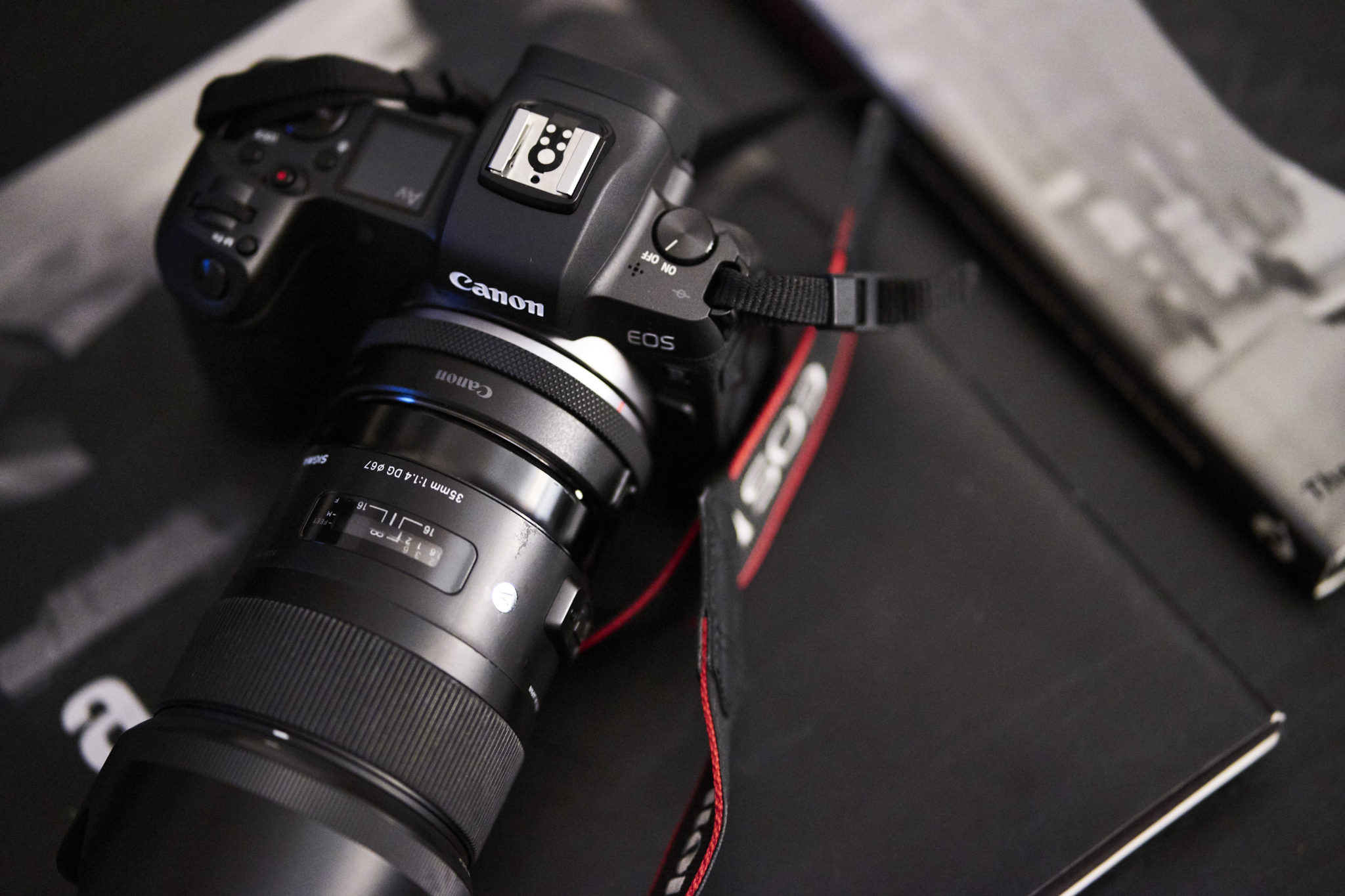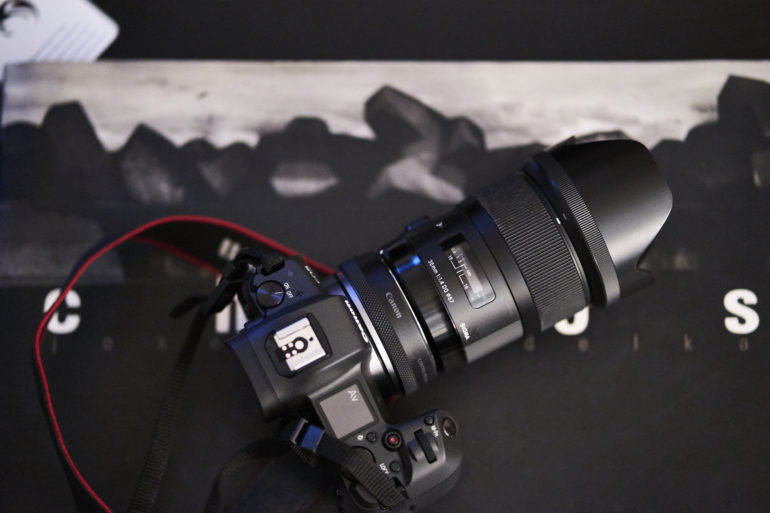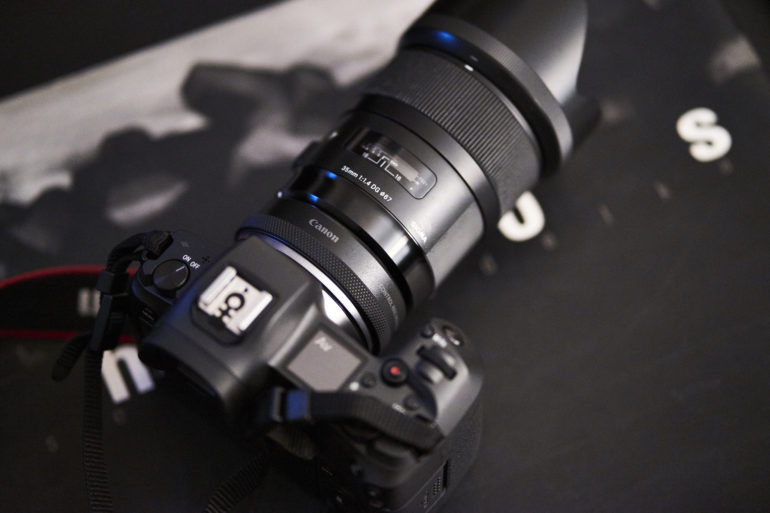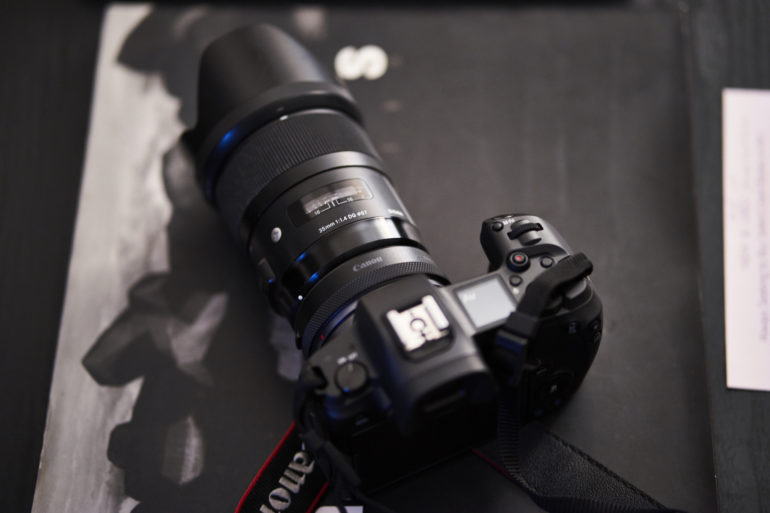Last Updated on 09/18/2018 by Mark Beckenbach
During the recent press excursion to Hawaii, I got a chance to test one of my favorite Sigma lenses on the new Canon EOS R.
One of the things I was most curious about with the new Canon EOS R was not only how Canon EF mount lenses adapt to the system, but more importantly how lots of the alternatives from third parties like Sigma will fair. For a little while now, the only Canon EF mount lens that I’ve held onto was the Sigma 35mm f1.4 Art that I’ve used adapted to the Sony FE system using a Metabones adapter. But with the new Canon Control Ring Mount Adapter for the EOS R, photographers will be able to get the most from the system. In my tests, I didn’t really find it necessary in every situation. Instead, I found it to more than do the job.
Ergonomics
The Canon Control Ring Mount Adapter is a pretty simple adapter honestly. There is no mirror involved, it’s pretty much contacts passing information through to one another. The only wild card here though is the ring towards the back.
The ring gives users control over a variable of their choice and programming via Canon’s menu system.
Build Quality
One of the best things about the new Canon Control Ring Mount Adapter is that it’s weather sealed. In fact, we’re told that all of the adapters are weather sealed. Can you believe it? Canon did it correctly right out of the gate when few other manufacturers did. Indeed, when you hold the adapter, you’ll feel that it’s beefier than most others. It feels less plastic than Metabones adapters and more solid metal at that. Of course, it could also be a composite but I’m not entirely sure what it’s fully made of.
In the hands it feels very nice. When I got the chance to put it in the hands of Reviews Editor Paul Ip, he thoroughly enjoyed how the ring felt. It feels like an organic aperture click and that’s what it’s designed to do. Think Fujifilm; if you’re used to their aperture rings then you’ll like this.
Ease of Use
For the most part what I did was point, shoot, and move on. However, the Canon Control Ring Mount Adapter can be used for much more. As the name implies, there is a control ring. For those of you who’ve been around long enough, you may remember that Samsung did something similar with their lenses where you could set them up so that the aperture or other parameters were controlled via the ring. That’s the same thing here. With the Canon EOS R though, photographers already have three great control areas with the multi-function bar and the two dials on top of the camera. So that makes the ring useless to me unless I wanted to program it to control white balance. I typically tend to shoot in either 5600K, 3200K, or in rare occasions go to full auto. It means less work for me in post.
What you’ll need to remember obviously is to turn off lens correction within the camera lest you get that dreaded ring around the image problem. Uggghhhhh.
Autofocus
In good lighting, the Canon Control Ring Mount Adapter and the Canon EOS R seemed to work really well with the Sigma 35mm f1.4 Art lens. For what it’s worth still, I find that using it with a dedicated DSLR to still be faster. The focusing performance is on par with that of the Metabones and a Sony camera. The Canon Control Ring Mount Adapter to my knowledge is a pre-production version and so with firmware updates it may become faster.
Autofocus overall on the Canon EOS R is more than usable and almost on the level of Sony and the fastest Fujifilm, Micro Four Thirds, and Leica cameras. But there is a very slight lag. Still, it’s the early days for the system. Where I found the system to be a tad wonky was with face detection and eye detection. Canon’s system is sort of backwards when it comes to implementing this feature and I don’t understand why they took the route they did with giving that a dedicated mode vs incorporating it with the other focus options.
Closing Thoughts
I think it’s still early for us to be able to make definitive conclusions about the new Canon Control Ring Mount Adapter, but I’m sure that with firmware updates it will improve heavily. I also am wondering what Canon will do to embrace third party options the way Sony has. Arguably, that’s one of the ways that Sony has been so successful. I mean they have lenses available from Zeiss, Rokinon, Tamron, Sigma, and others. And I think that in order for the Canon EOS R system to succeed, they’re going to need to work with others.
We’ll see.












